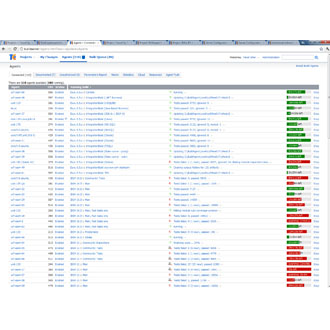
Hence, it is better to avoid adding +:* or +:refs/pull/* patterns to the branch specification of a VCS root. However, you might want to restrict the automatic build triggering for these branches. It is possible to configure the VCS root to match the incoming pull request branches and TeamCity will start the builds automatically. A pull request in GitHub is a git branch with a specific naming convention: refs/pull/ID/head, whereas the ID is the number of the pull request submitted to the repository. This means that any branch in the GitHub repository that starts with feature-* will be automatically detected by this VCS root. The branch specification in the screenshot above includes a +:refs/heads/feature-* filter. When setting up the VCS root we have to make sure that the branch specification does not match the pull request branches. We can configure the VCS root in Build Configuration Settings | Version Control Settings and click Attach VCS root. Setting up a VCS rootįirst, let there be a VCS root in a TeamCity project. And finally, we’ll see how it all comes together when building pull request branches. Next, we’ll cover Pull Requests and the Commit Status Publisher build features. First, there are a few things you need to know about when configuring the VCS root in regards to pull request handling. In this blog post, we will share some tips for building GitHub pull requests in TeamCity. The functionality has since been extended in version 2019.1 to support GitLab and BitBucket Server.
#JETBRAIN TEAMCITY INSTALL#
Starting with TeamCity version 2018.2 the plugin is bundled in the distribution package with no need to install the external plugin.


The support for pull requests in TeamCity was first implemented for GitHub as an external plugin. Configuring Pull Requests build feature.


 0 kommentar(er)
0 kommentar(er)
